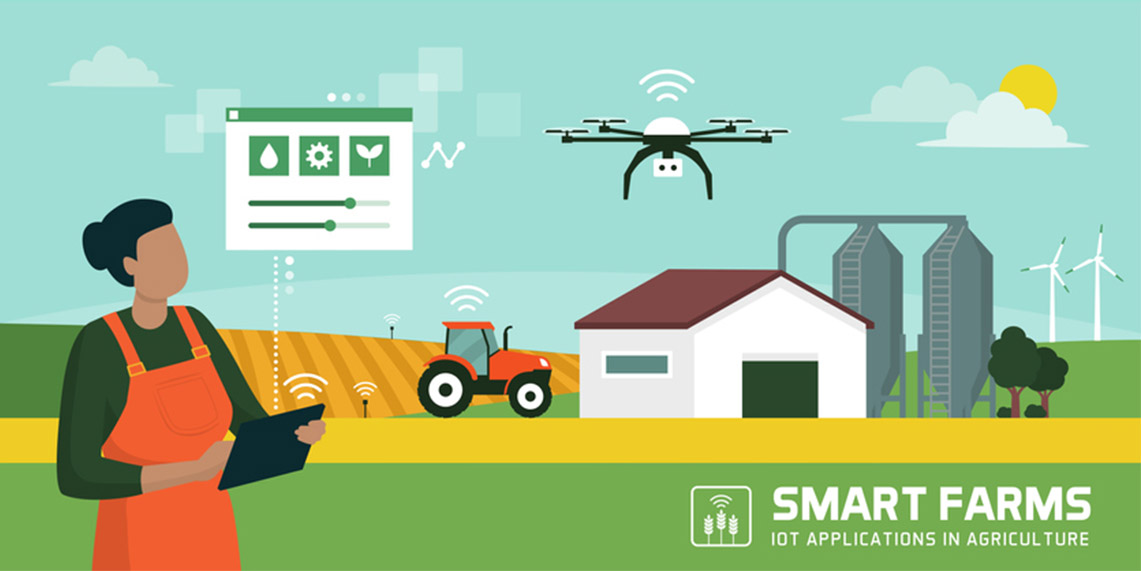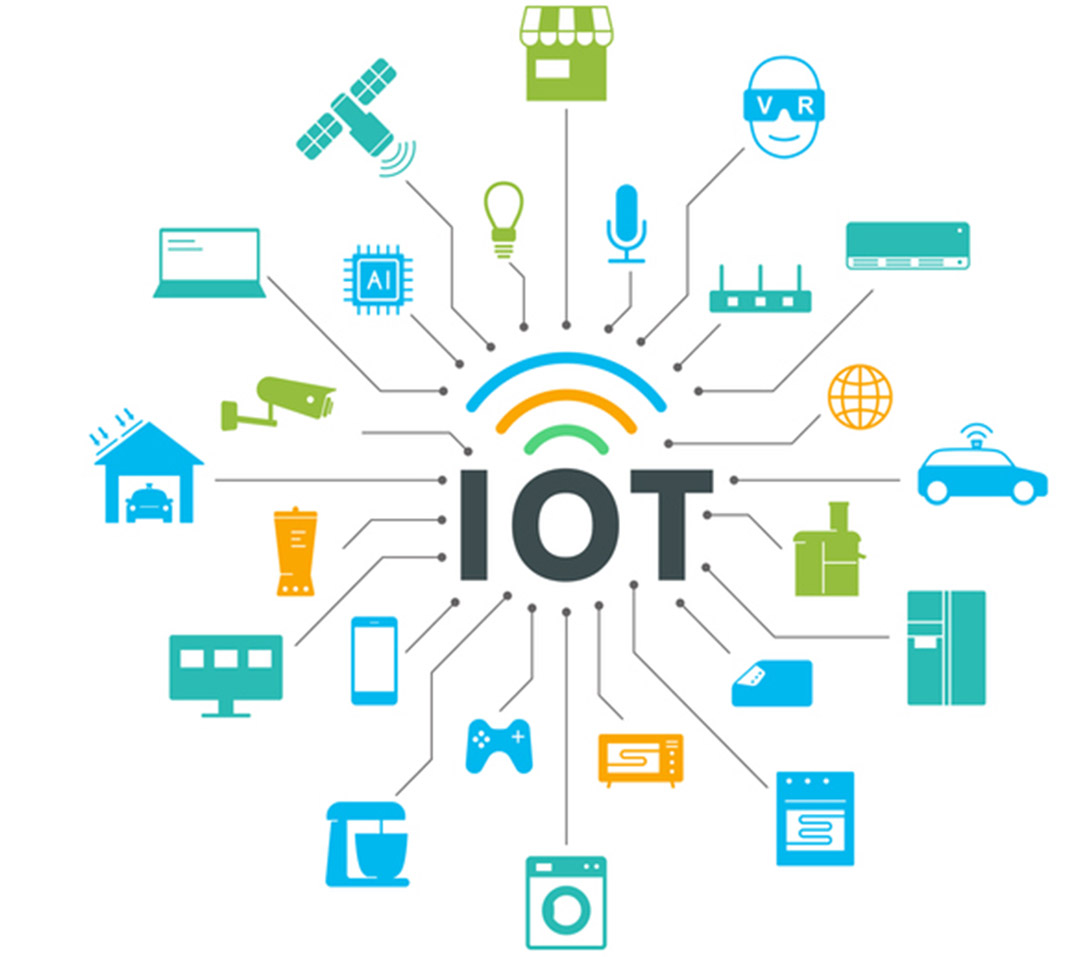Feb 14, 2021 by Mark Dingley
Data – this one word has dominated manufacturing in recent years. Manufacturers are constantly being told to the collect the relevant data, analyse it and put it to work if they want to propel productivity, efficiency and profitability.
But it’s not just manufacturers who can benefit from the power of data.
Data has the potential to make a huge difference to the way we grow and produce food too. That’s why more and more Australian farmers are looking to the Internet of Things (IoT) to transform the way they work. In 2020, the market share for IoT in agriculture reached $5.6 billion worldwide.
Precision agriculture is one of the most widespread and effective applications of IoT in agriculture. It’s all about efficiency and using data to proactively respond to the needs of the farm, avoid problems before they occur, and make decisions that improve yield, profitability, and worker safety.

The easiest way to understand precision agriculture, also known as precision ag or precision farming, is to think of it as anything that makes the practice of farming more accurate, controlled and predictable. More specifically, we’re talking about technology solutions, such as GPS guidance, robotics, drones, and even autonomous tractors and machinery.
At the heart of the precision agriculture is IoT sensors. These sensors collect environmental, climate, animal, employee and machine metrics to help farmers make informed decisions and improve lots of different aspects of their business – from irrigation management to real-time monitoring of soil health, rainfall, cattle movement, water tank levels and more.
Consider crop farming. Sensors can collect extremely precise metrics across every facet of the microclimate and ecosystem: temperature, soil condition, humidity, pests, CO2 levels, water, and beyond. By analysing the data, farmers can more precisely estimate the optimal amounts of fertilisers, pesticides and water in order to reduce costs and waste, while growing better quality and higher yield crops.
Some farmers are already benefiting from IoT soil sensors that allow them to address each crop’s individual needs. Soil and temperature metrics are combined with geospatial data to create precise soil maps for each field.
But it’s not just sensors that enable precision agriculture. According to the CSIRO, critical technologies include the global positioning system (GPS), geographical information systems (GIS), Variable-Rate Technology (VRT), soil sensors and yield monitors.
Farming is inherently dependent on weather and environmental conditions. Changes in climate since 2000 have cut Australian farm profits 22%, according to a new report.
But the Internet of Things is making these conditions more manageable and predictable for the first time. In fact, predictive data analytics is proving just as important in agriculture as in manufacturing.
While IoT and smart sensor technology deliver the real-time data, it’s in the predictive analytics that farmers can put the data to work and make predictions that will lower risks of diseases and infestations, improve yield volume, and more.
How widespread is IoT in Australian agriculture? Agriculture remains less digitized compared with many other industries globally, according to research by McKinsey.
The good news is that the Australian government sees potential. In 2020, the Victorian state government started to invest in the potential of IoT with the On-Farm IoT Trial. This trial will see Agriculture Victoria partner with 600 farms to test out IoT technology on their farms and see the impact these technologies make to the farm’s performance. The trials focus specifically on dairy cattle farms, horticulture, broadacre cropping, and sheep farms that are located in five Victorian regions: Loddon Shire, Buloke Shire, Wellington Shire, City of Greater Shepparton, and selected areas of the Moira Shire.
Importantly, the trial addresses the key barriers that farmers have identified as stopping them from investing in the technology:
It’s not just the government that’s helping farmers move towards precision farming. One of the biggest names in farming equipment, John Deere, recently launched a new home of digital farming information, the John Deere Digital Agriculture Hub, with insights and learning resources specifically for Australian and New Zealand farmers.
But in order to take full advantage of precision ag, the new generation of farmers will also need the right skills. Just like future manufacturers, future farmers will need strong statistical and experimental design skills to manage the science and economics of agriculture. They’ll need to know how to manage big data sets to make informed decisions and optimise farm production. This requires a whole new curriculum in universities and TAFEs.
COVID-19 has highlighted the necessity of more widespread digitisation and automation in agriculture, just as it has in many industries. One thing 2020 has shown us is this: if farmers are going to stay agile and manage the challenges of the future, they need to turn to digital technologies and IoT sooner rather than later.
